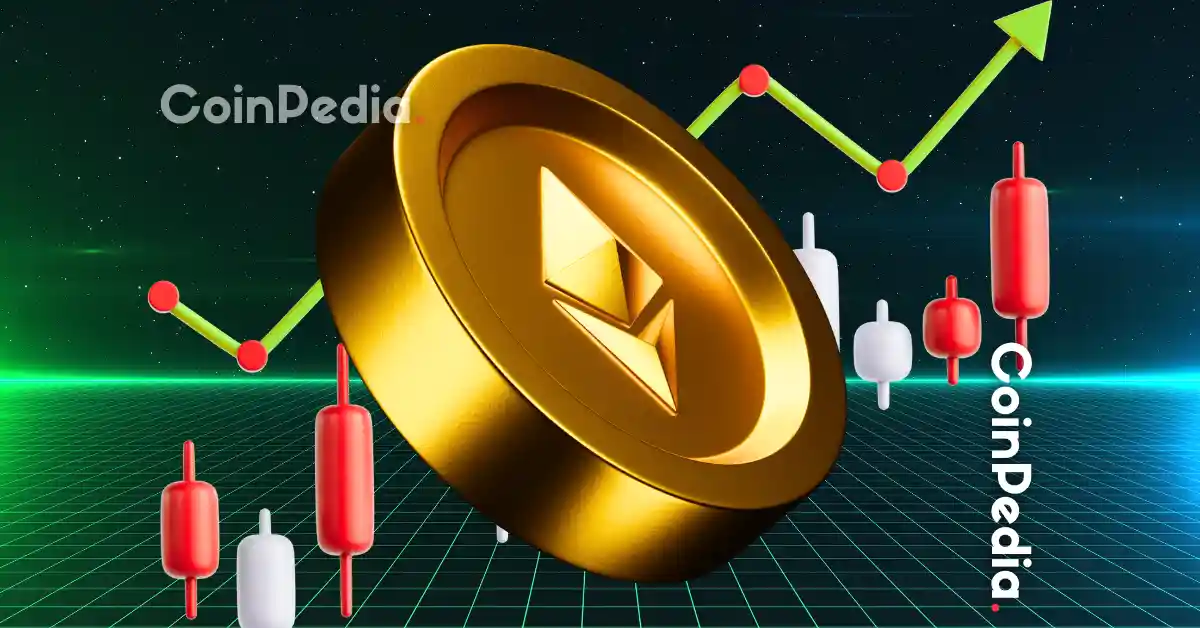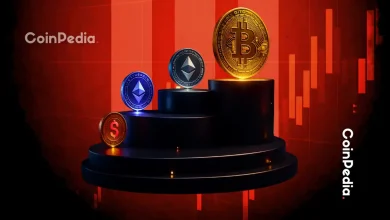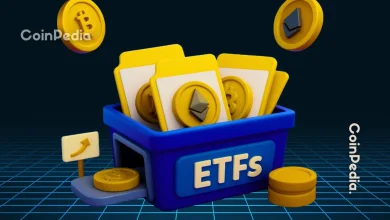
Ethereum’s institutional adoption accelerates as companies like SharpLink Gaming and BitMine Immersion build multi-billion dollar ETH treasuries.
Joe Lubin leads Ethereum’s corporate integration, while Vitalik Buterin focuses on technical upgrades, shaping a new era for Ethereum in finance.
In May, Ethereum co-founder and ConsenSys CEO Joe Lubin quietly took the reins as chairman of SharpLink Gaming, a NASDAQ-listed company that pivoted from sports betting to building an Ethereum-focused treasury. At first glance, it seemed like a niche shift.
But now, the bigger picture is becoming clear: Ethereum is entering a new institutional chapter, and Lubin is at the forefront.
ETH’s Utility Meets Real-World Demand
Speaking with Bloomberg, Lubin said the long-awaited moment for Ethereum has arrived. For years, Bitcoin dominated the narrative as a digital store of value, while Ethereum was viewed as a platform with potential. But now, thanks to staking, programmability, and growing regulatory clarity, Ethereum is becoming a critical part of real-world financial strategies.
Institutions are no longer just exploring Ethereum, they’re integrating it. Lubin emphasized that Ethereum offers more than just value storage; it’s an engine for programmable finance and decentralized infrastructure.
“We believe that we’ll be able to accumulate more Ether per fully diluted share much faster than any other Ethereum-based project, or certainly faster than the Bitcoin-based projects,” Lubin told Bloomberg Television on Monday.
Companies Are Building Ethereum Treasuries
A clear sign of this shift is how companies are holding and using ETH. SharpLink Gaming now holds over 360,000 ETH, worth more than $1.3 billion, as part of its core treasury strategy.
Inspired by this, BitMine Immersion, a former Bitcoin mining firm, pivoted to Ethereum and amassed 566,776 ETH worth over $2.1 billion in just a few weeks. The results were immediate: both companies saw a stock surge, and Ethereum’s price climbed past $3,600 in July after dipping to $1,450 in April.
These companies aren’t just holding ETH, they’re staking it. That means their holdings are generating passive income and actively supporting the network, making Ethereum a productive, yield-bearing asset in a way Bitcoin is not.
Vitalik Buterin: Building for the Long Term
While Lubin steers Ethereum into corporate treasuries, Vitalik Buterin continues shaping the protocol’s technical roadmap. He remains focused on scalability, decentralization, and mass adoption through upgrades like rollups and data sharding.
Although the recent Decun upgrade reduced ETH’s burn rate, slightly impacting its scarcity appeal, Buterin remains confident in Ethereum’s ability to support DeFi and broader real-world applications.
A New Narrative for Ethereum
With over $3.2 billion in ETH now held by public companies, Ethereum is entering a new chapter. It’s no longer just a speculative asset or a platform for developers. It’s becoming a central pillar in institutional portfolios and business models.
Lubin and Buterin are playing different but complementary roles, one pushing Ethereum into boardrooms, the other strengthening its foundation. Together, they’re shaping a new, more powerful narrative for Ethereum: not just as “digital oil,” but as the infrastructure for the future of finance.
Never Miss a Beat in the Crypto World!
Stay ahead with breaking news, expert analysis, and real-time updates on the latest trends in Bitcoin, altcoins, DeFi, NFTs, and more.
FAQs
Joe Lubin is now chairman of SharpLink Gaming, leading its pivot to an Ethereum-focused treasury strategy.
SharpLink holds 360K ETH ($1.3B), while BitMine holds 566K ETH ($2.1B), both using ETH in their core treasury.
Unlike Bitcoin, Ethereum enables staking, passive income, and programmability, making it a yield-generating asset.
As the altcoin season begins, the short-term gains make Ethereum a lucrative buying option. However, the long-term promises of this programmable blockchain make it a viable long-term crypto investment.
Trust with CoinPedia:
CoinPedia has been delivering accurate and timely cryptocurrency and blockchain updates since 2017. All content is created by our expert panel of analysts and journalists, following strict Editorial Guidelines based on E-E-A-T (Experience, Expertise, Authoritativeness, Trustworthiness). Every article is fact-checked against reputable sources to ensure accuracy, transparency, and reliability. Our review policy guarantees unbiased evaluations when recommending exchanges, platforms, or tools. We strive to provide timely updates about everything crypto & blockchain, right from startups to industry majors.
Investment Disclaimer:
All opinions and insights shared represent the author's own views on current market conditions. Please do your own research before making investment decisions. Neither the writer nor the publication assumes responsibility for your financial choices.
Sponsored and Advertisements:
Sponsored content and affiliate links may appear on our site. Advertisements are marked clearly, and our editorial content remains entirely independent from our ad partners.








